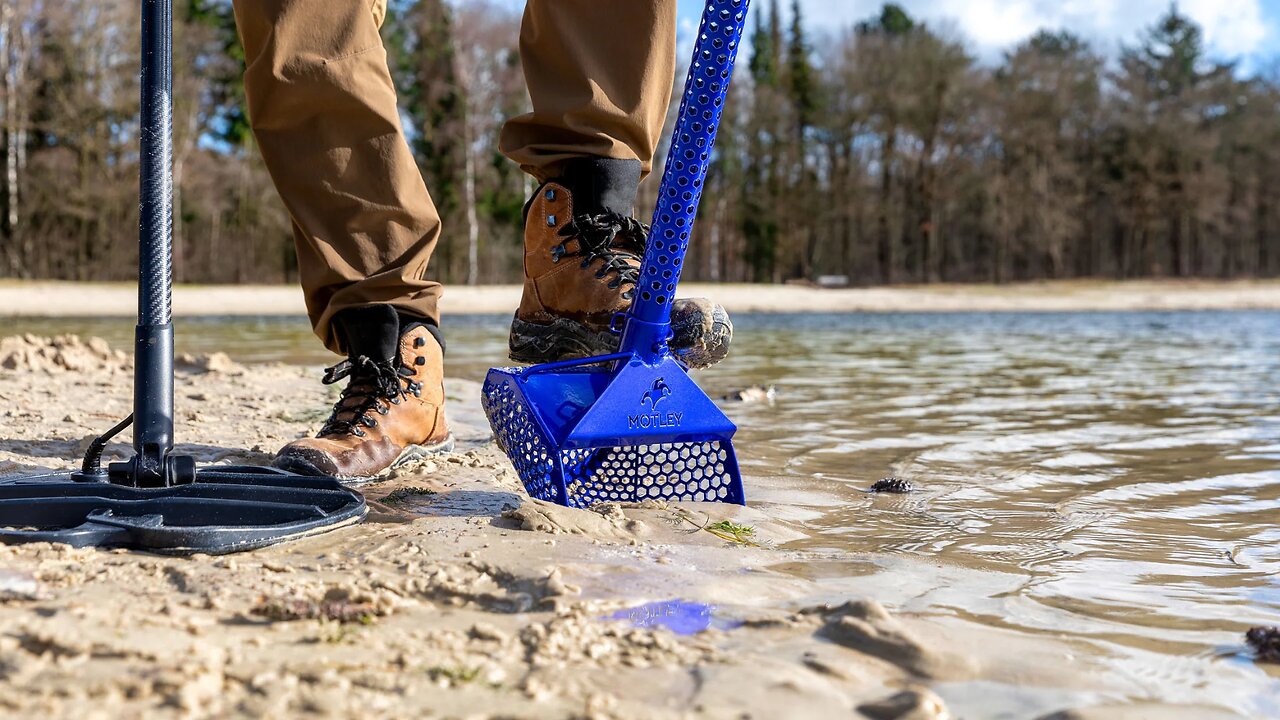Premium Only Content

I am Telling you there is more gold in rivers
Gold in rivers is a fascinating natural occurrence that has captivated human interest for centuries. When it comes to describing gold in rivers, several aspects come into play, including its formation, characteristics, and the methods used for extraction.
Gold in rivers originates from various sources. It is primarily formed through a geological process known as "lode" or "vein" formation, where gold-rich minerals are deposited within cracks and fissures of rocks. Over time, these rocks undergo erosion due to natural forces such as water flow, weathering, and movement of sediment. As a result, gold particles are released from their host rocks and carried downstream by rivers.
The presence of gold in rivers can vary significantly. While some rivers contain only trace amounts of gold, others may have substantial concentrations, making them ideal for gold prospecting and mining activities. The amount of gold in a river depends on factors such as the proximity of gold-bearing rocks, the intensity of erosion, and the presence of other minerals that may trap or concentrate gold particles.
Gold in rivers exhibits distinct characteristics that make it distinguishable from other sediments. Gold is a dense metal with a bright yellow color and a high luster, giving it a captivating and unmistakable appearance. Its high density enables gold particles to settle quickly in riverbeds, often accumulating in areas where the water slows down, such as behind rocks or in natural depressions. These areas, known as "placer deposits," are hotspots for gold prospectors.
To extract gold from rivers, several methods are employed. The most traditional and labor-intensive method is placer mining, where prospectors use pans or sluice boxes to separate gold from the surrounding sediment. By swirling the sediment and water mixture in a pan, the density difference causes the gold particles to sink to the bottom, allowing them to be separated manually. Sluice boxes work similarly, but on a larger scale, utilizing water flow and riffles to trap gold while washing away lighter sediment.
In modern times, more advanced techniques have been developed for gold extraction. These methods include dredging, where large machines are used to suck up sediment from the riverbed, and hydraulic mining, which involves directing high-pressure water jets to dislodge and transport sediment for processing. Additionally, chemical processes such as cyanide leaching are used in large-scale mining operations to extract gold from low-grade ores.
Gold in rivers holds great allure for prospectors, adventurers, and nature enthusiasts alike. Its presence symbolizes the hidden treasures of nature and the allure of striking it rich. However, it's important to note that gold extraction should always be conducted responsibly and in accordance with environmental regulations to minimize any negative impacts on river ecosystems.
-
 LIVE
LIVE
Due Dissidence
3 hours agoIsrael THREATENS Greta, InfoWars Host QUITS, FL Losing $200M on EMPTYING Alligator Alcatraz
667 watching -

Law&Crime
6 hours ago $0.41 earnedLIVE: Adelson Matriarch Murder Trial — FL v. Donna Adelson — Day 6
2.98K -
 1:08:04
1:08:04
Sean Unpaved
2 hours agoGridiron Shocks: Arch's Rough Start, Belichick's Tar Heel Tumble, & NFL Week 1 Buzz
20.3K -
 LIVE
LIVE
Professor Nez
1 hour ago🚨🇺🇸President Trump makes MAJOR Announcement from Oval Office TODAY!
274 watching -
 1:05:22
1:05:22
Timcast
3 hours agoLiberals Claim TRUMP DIED Or Is Dying And Will RESIGN Today At 2pm
124K107 -
 1:47:55
1:47:55
The Dilley Show
3 hours ago $13.83 earnedChicago in the Crosshairs, Grifters Crash Out and More! w/Author Brenden Dilley 09/02/2025
56.5K6 -
 LIVE
LIVE
StoneMountain64
1 hour agoBattlefield Portal has already been better than I realized
76 watching -
 LIVE
LIVE
Viss
3 hours ago🔴LIVE - How To Win in PUBG - PUBG 101
122 watching -
 10:04
10:04
Adam Does Movies
20 hours ago $0.24 earnedMortal Kombat II Delayed, Harry Potter Drama & Disney Reveal - Movie News
5.83K -
 1:54:43
1:54:43
Side Scrollers Podcast
3 hours agoVoice Actor ROASTED For Racist Double Standard + Influencer FELONY After Con Threat | Side Scrollers
14K3